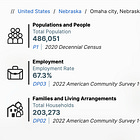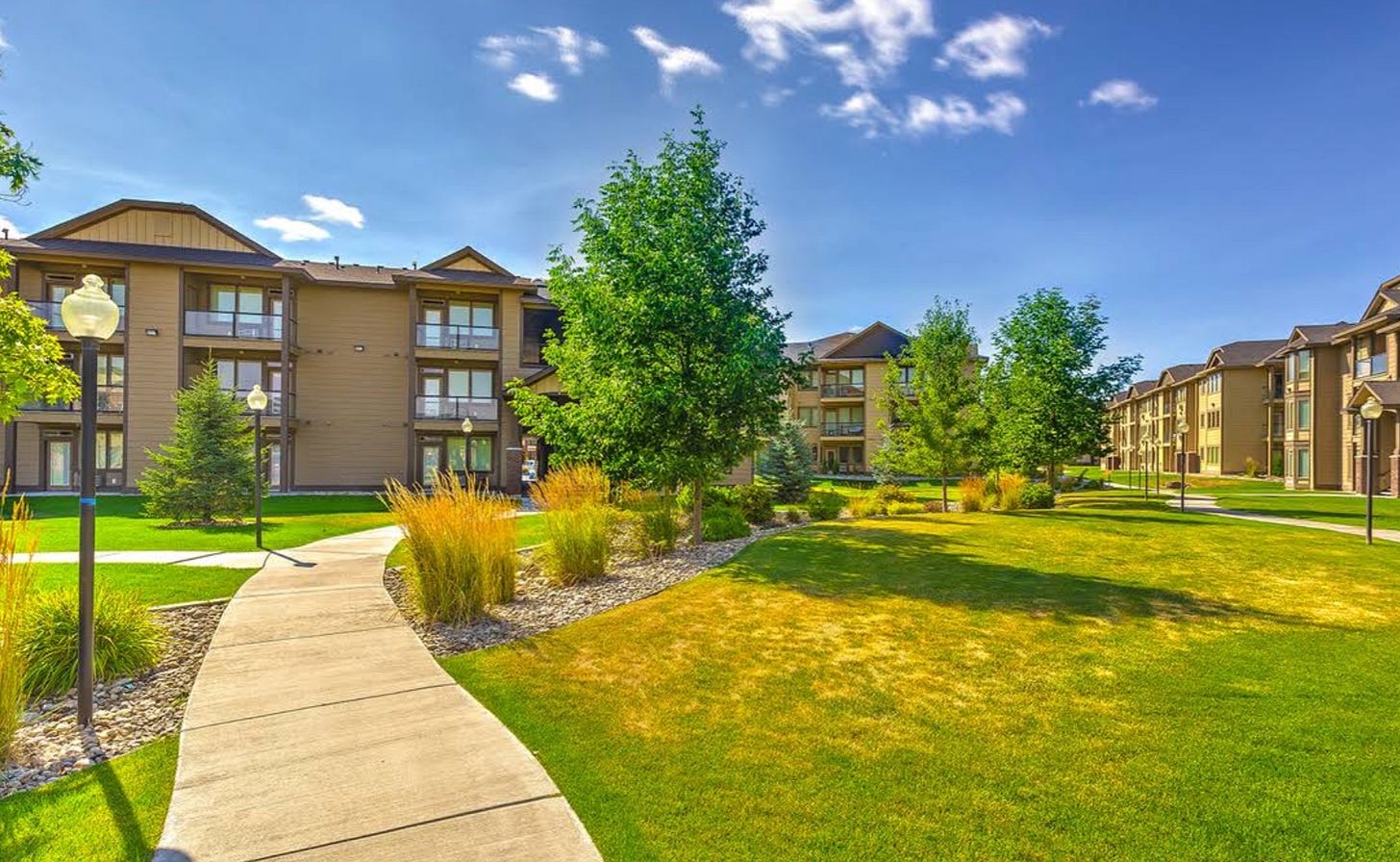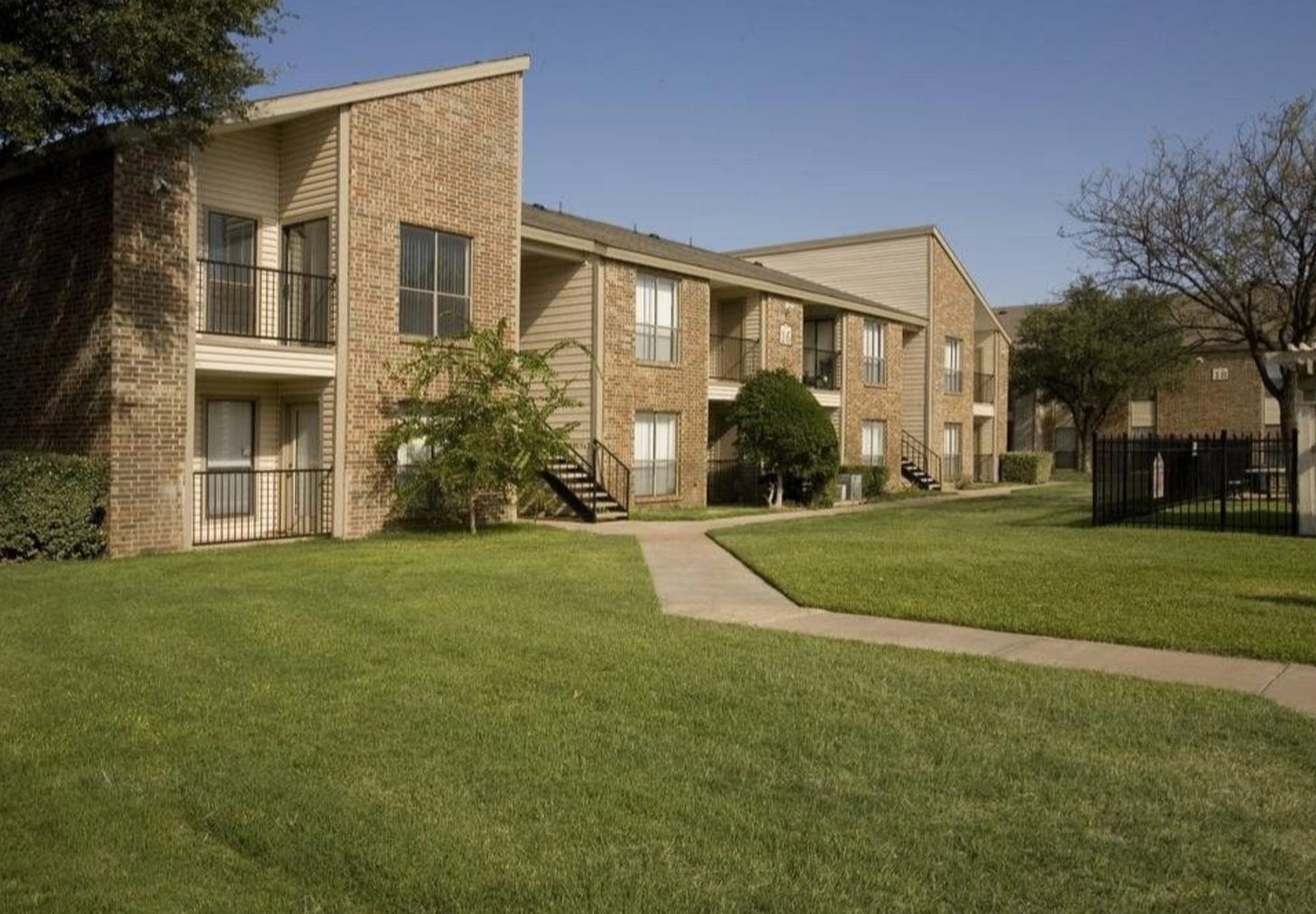What lies beneath higher cap rates?
Higher yields always come with a catch. When cap rates in Midland are 7% while Dallas edges its way below 5%, investors start to salivate. But should they?
The story is as old as real estate itself: as core markets become crowded and compressed during the up leg of a cycle, investors seeking yield flock to tertiary markets.
➡️ How do you due diligence a location? Read this:
Today, we take a look at two tertiary market deals: one that doubled investor money and another that ended up in an equity wipe out. We’ll discuss:
The risk-reward equation: why tertiary markets offer higher yields (and what risks come with it)
Market cycle dynamics: how investor behavior shifts between primary and tertiary markets during different phases
LP decision framework: what to evaluate before allocating capital to smaller markets.
A Tale of Two Deals
📈 Success Story: Spring Glen Apartments in Ellensburg, Washington
In 2017, a regional investment group acquired this 98-unit community in Ellensburg (a tertiary market with ~21,000 residents) for $10.3 million. After implementing modest unit upgrades and improving operational efficiency, the property was sold to another group in 2022 for $20 million.
The seller achieved nearly 100% return on investment in this tertiary market over a 5-year period.
📉 Cautionary Tale: Starwood's West Texas Portfolio
In 2014, Starwood Capital entered the Permian Basin, acquiring several multifamily properties in Midland and Odessa, Texas, amid an oil boom. One of the properties was Park at Caldera, a 1982-built 300+ unit apartment building.
When oil prices collapsed and COVID-19 hit, the region’s unemployment surged to 12.3% in May 2020. Rental demand cratered, and occupancy fell from 94% to 80%. By November 2021, Park at Caldera’s debt service coverage ratio (DSCR) dropped to 0.48. In early 2022, the property was marked REO on the lender’s books.
Understanding Cap Rates in Primary vs. Tertiary Markets
First, I need to remind you there is no free lunch: cap rates (and thus, yield) should always be higher in secondary and tertiary markets compared to larger primary markets.
Why? Tertiary markets command higher cap rates to reflect:
Higher perceived risk
Lower liquidity
Reduced institutional competition
🎢 Market Cyclicality:
During downturns, tertiary cap rates expand more rapidly (2008 saw 120-300 bps increases)
During recoveries, they compress faster due to yield-seeking behavior (2015 saw spreads narrow to 75 bps)








